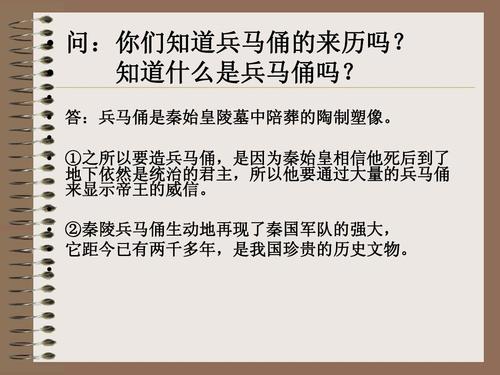
Why Was the Terracotta Army Buried with Qin Shi Huang?
The Terracotta Army: A Silent Guardian for Eternity
The Terracotta Army is one of the most iconic archaeological discoveries of all time. This vast collection of terracotta sculptures, located near Xi'an, China, has captivated the world with its sheer scale and intricate detail. But what exactly is the story behind these silent warriors, and why were they buried alongside Qin Shi Huang, the first emperor of China?
Qin Shi Huang: The Emperor Who Unified China
To understand the Terracotta Army, we must first understand the man they were created to protect. Qin Shi Huang, born Ying Zheng, ascended to the throne of the Qin state at the tender age of 13. A cunning strategist and ruthless leader, he spent years conquering rival states, finally unifying China under his rule in 221 BCE. He declared himself "Qin Shi Huangdi," meaning "First Emperor of Qin," signifying his ambition to establish a dynasty that would last for generations.
Qin Shi Huang's reign was marked by ambitious reforms. He standardized weights, measures, and currency, built a vast network of roads and canals, and even initiated the construction of the Great Wall to protect his newly unified empire from invaders. However, he was also known for his autocratic rule and the brutal suppression of dissent.
The Afterlife: A Realm of Continued Power
The ancient Chinese believed in an afterlife that mirrored the earthly realm. Emperors, considered semi-divine beings, expected to continue ruling even after death. Just as they needed armies, administrators, and servants in life, they required the same in the afterlife.
Qin Shi Huang, obsessed with immortality and everlasting power, took these beliefs to heart. He invested heavily in finding the elixir of life, sending expeditions to distant lands in search of this mythical substance. At the same time, he commissioned the creation of a vast necropolis – a city of the dead – to ensure his comfort and dominance in the afterlife.
The Terracotta Army: A Symbol of Power and Protection
The Terracotta Army, forming part of this sprawling necropolis, is a testament to Qin Shi Huang's ambition and the importance placed on the afterlife. The figures, each unique in appearance, represent a microcosm of his real army, showcasing the military might that enabled him to conquer and unify China.
These life-sized warriors, armed with real weapons, were strategically positioned to guard the emperor's tomb from any threats that might arise in the afterlife. Their presence served a dual purpose: to protect Qin Shi Huang from enemies both real and imagined, and to project his power and authority even in death.
Beyond the Warriors: A Complex and Symbolic Necropolis
The Terracotta Army is just one element of Qin Shi Huang's elaborate necropolis. The entire complex, encompassing an area of over 50 square kilometers, includes not just warriors but also chariots, horses, officials, acrobats, and musicians, all crafted with incredible realism. This diverse assemblage reflects the emperor's desire to recreate his entire court in the afterlife, ensuring he lacked nothing in his eternal reign.
Legacy of the Terracotta Army: A Window into the Past
The discovery of the Terracotta Army in 1974 by farmers digging a well was a momentous event, revolutionizing our understanding of the Qin dynasty and ancient Chinese funerary practices. The sheer scale of the site, the realism of the figures, and the wealth of information they provide about ancient Chinese military organization and craftsmanship have made it one of the most important archaeological sites in the world.
FAQs
1. How many terracotta warriors are there?
It is estimated that there are over 8,000 life-size terracotta figures within the three pits containing the Terracotta Army.
2. Why are the terracotta warriors different colors?
The warriors were originally painted in vibrant colors. However, exposure to air and moisture upon excavation caused the paint to flake off.
3. Is the tomb of Qin Shi Huang open to the public?
No, the central tomb of Qin Shi Huang remains unopened due to concerns about preserving the fragile artifacts within.
note: This return of all, without the author's permission, may not be reproduced